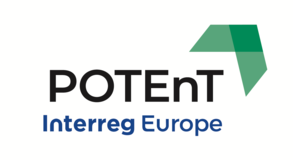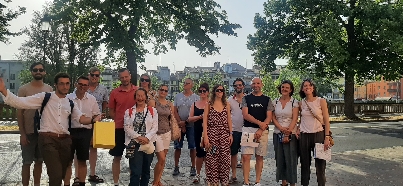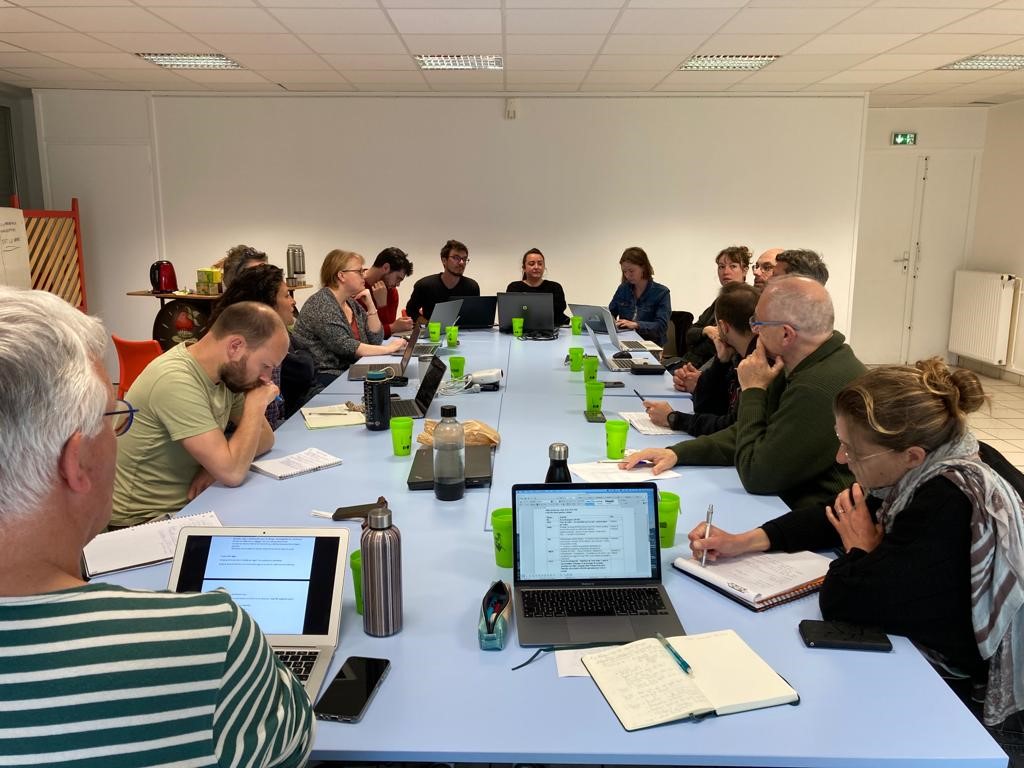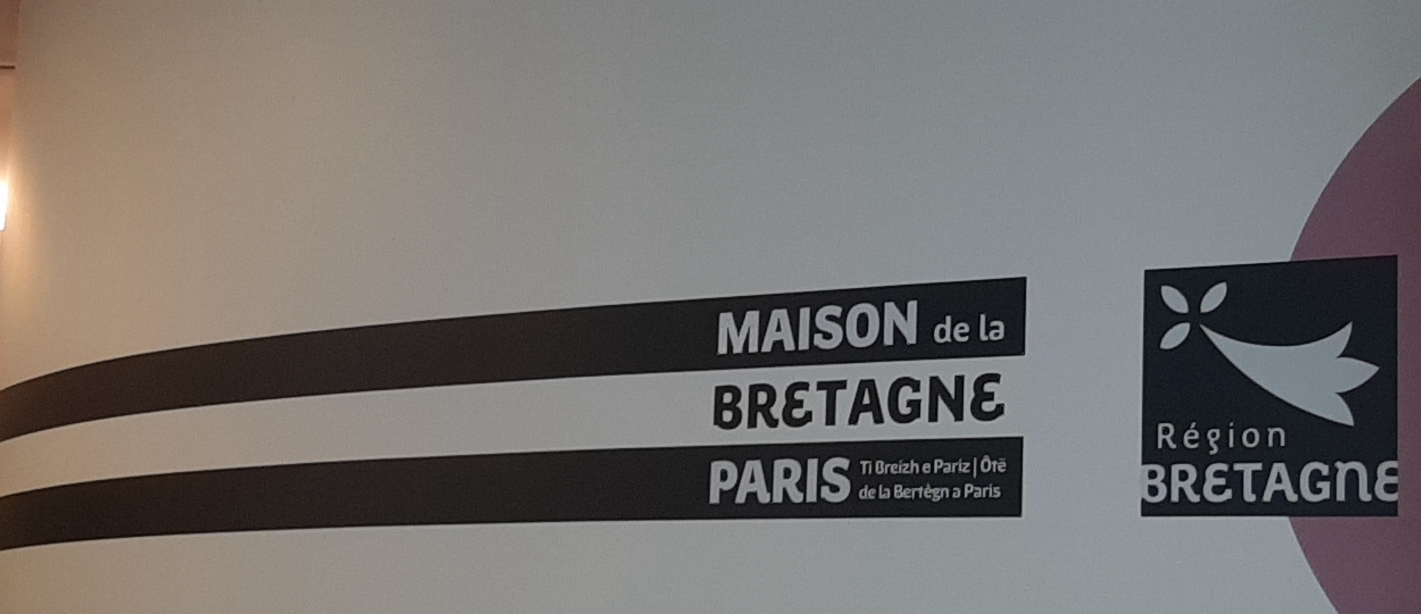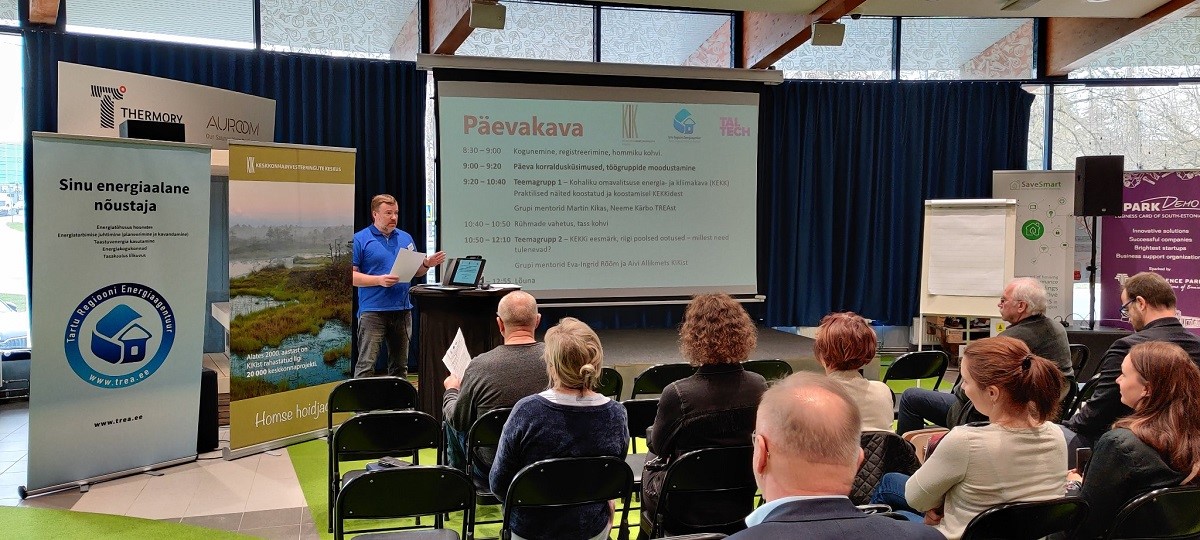Renewable Energy district heating is a crucial component of heat supply at a city level and, a relevant asset for decarbonization. This is the case in Ettlingen (DEU) in the nearly net-zero energy district “Musikerviertel”. An exemplar good practice on sustainable DH network presented in the framework of the Project POTEnT through an online study visit on February 22.

The event was divided in two part: firstly a presentation of the project, from plan to implementation, and an online visit of the DH plant.
Stefan Blüm, Head of the Energy Service Department, in Stadtwerke Ettlingen GmbH showed how the project was born, structured, and financed. The chosen district is the Musikerviertel, a district in which many buildings have a social purpose: schools, social housing vocational centers, cooperatives, and others. Many of the buildings in the neighborhood were constructed between 60s and 70s. Therefore, to improve their energy class many of them have been renovated, like schools. Furthermore, new construction projects gave birth to low emission buildings such as multi-family houses and offices for cooperatives.
Before the creation of this sustainable DH network, natural gas was the largest source of heat supply. The project started with a call in the framework of the national funding program “klimaschutz modellprojekte”, with 4 million euros as co-funding.

The project planning started with the estimation of the density of the heating demand at a district level: a starting parameter to design a sustainable heating network. Two wood pellet boilers were chosen as the nucleus of the heating system, a smaller one of 540 kW, a bigger one of 1240 kW, and a biogas peak boiler. In addition, the surfaces of the schools nearby were used to install 250 m2 of solar collectors, feeding thermal energy into the grid. The heat generated by this power plant is supplied to 15 buildings, including 210 residential units, with a distribution network of 1600 m.

In light of these insights, the visit to the DH plant started. We could digitally get closer to the showy and bright-colored power plant: an eye-catching cocktail of engineering and street art.
Within the plant, visited through a phone’s camera we could hear the ticking sound of engines working. In the room aside, we could see the control room in which the energy production was monitored.
This new district heating plant delivered its first heat supply in 2020. This project managed to reduce 85% of CO2 emissions thanks to renewable energy. A key and inspiring project for everybody.

